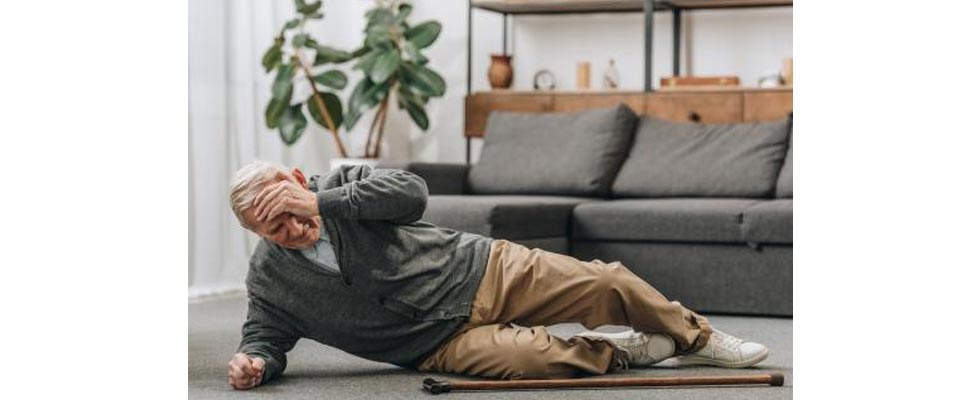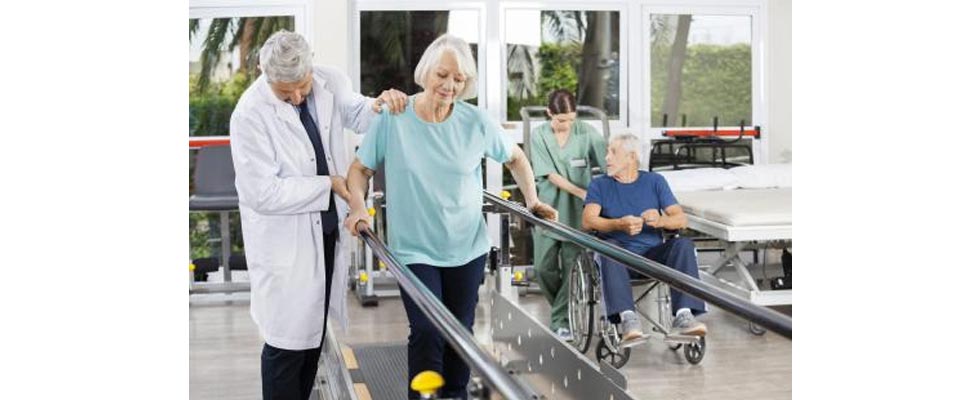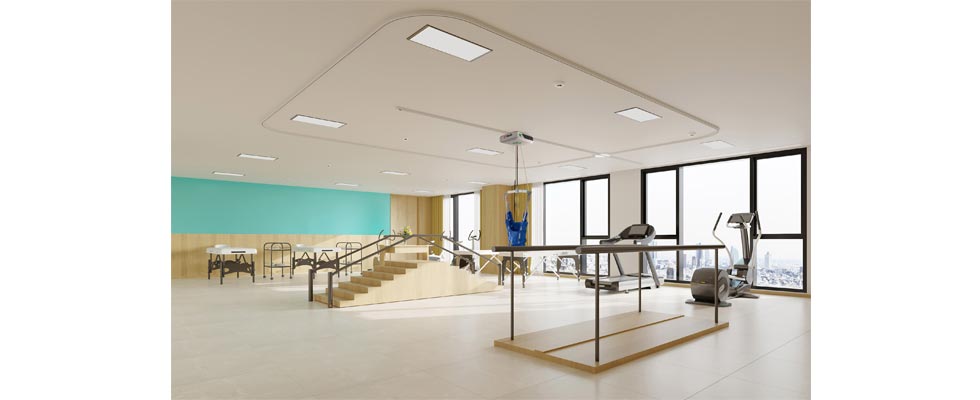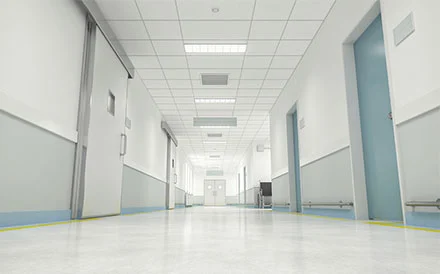Falls essentially occur due to an imbalance in the human movement chain, particularly in the lower limb kinematic chain. Failure to quickly regain the original posture or establish new equilibrium leads to a fall. Not only do falls have an impact on physical and mental health, but they may also result in fractures, secondary injuries, disabilities, and even death, severely impairing the ability to function in daily life. This is particularly true for populations with impaired motor function, such as stroke patients or the elderly, who are at higher risk for falls. Epidemiological studies indicate that among individuals aged 65-69, about 30% of women and 13% of men experience falls. For those over 80, the rate jumps to around 50% for women and 31% for men.

Individual Factors: Such as age, gender, and self-care abilities.
Physiological Factors: Decreased muscle strength, gait abnormalities, and weakened vision and sensory abilities significantly influence balance in older adults.
Psychological Factors: Low mood, depression, anxiety, and fear of falling can also contribute to a higher rate of falls.
Environmental Factors: Including potential dangers in living and activity spaces, such as crowded housing conditions or limited space for indoor activities.
Lifestyle Factors: Poor lifestyle choices, like excessive alcohol consumption, can significantly increase fall risk.
Balance Training: Coordination, balance, flexibility, agility, and strength are crucial factors in countering the risk of falls. This involves training vestibular organs, proprioceptors, and visual organs to improve functional balance abilities.

Skeletal Muscle Training: Osteoporosis is a common skeletal condition and a major reason why falls in the elderly result in fractures. Resistance training plays a vital role in improving bone density and also increases the strength of joint muscles, delaying muscular atrophy. Closed-chain exercises are also one of the effective ways to enhance the strength of muscles surrounding joints.
Cognitive and Motor Combined Training: Integrating cognitive and motor training is the optimal choice to lower fall rates in the elderly, as isolated motor training has comparatively inferior outcomes.
Consciousness of Physical Activity to Prevent Falls: Cultivating awareness of physical activity among older adults is particularly important. Encouraging unrestricted activity raises the enthusiasm for physical movement, fostering regular exercise habits.

Using a patient lifting equipment establishes a new rehabilitation training method based on brain functional reorganization and neural plasticity. This system partially suspends the patient's body, reducing the weight on the lower limbs during walking, thereby enhancing walking abilities. Combining this with parallel bars and exercise boards produces even better results. For balance training, position changes and occupational therapy-based daily living skills training have shown remarkable effectiveness.

Hey, I’m Frank from Meddo Medical.
With over 15 years of experience in medical devices and healthcare innovation, I specialize in providing OEM & ODM solutions for hospitals and clinics worldwide.
My goal is to share professional knowledge and industry insights to help healthcare providers choose reliable, high-performance medical equipment that improves patient outcomes.
 English
English français
français Español
Español العربية
العربية



